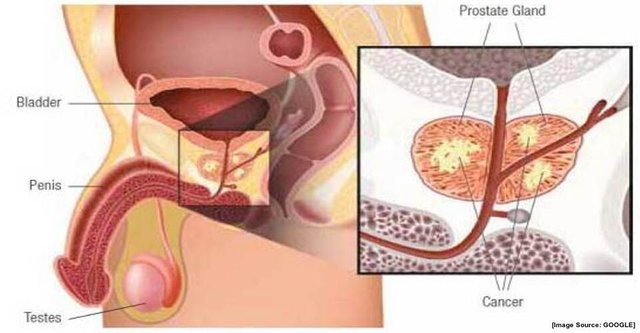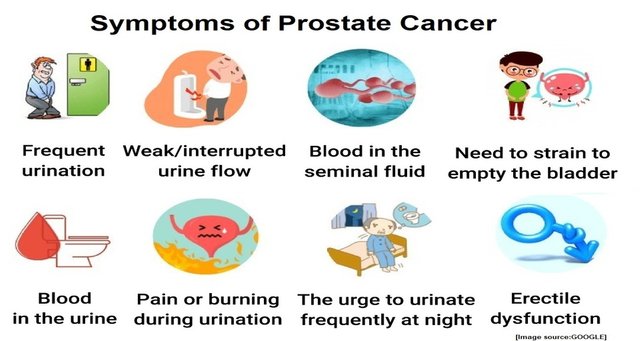Understanding Prostate Cancer: Symptoms, Diagnosis, and Treatment Options

Prostate cancer is a prevalent form of cancer that affects the prostate gland, a small walnut-shaped gland located below the bladder in men. It is one of the most common types of cancer among men, but with early detection and appropriate treatment, the prognosis can be positive. This article aims to provide a comprehensive overview of prostate cancer, including its symptoms, diagnosis methods, and available treatment options.
Understanding Prostate Cancer:

The prostate gland is responsible for producing seminal fluid, which nourishes and transports sperm. However, when cells within the prostate gland begin to grow uncontrollably, they can form a malignant tumor, leading to prostate cancer. While the exact causes of prostate cancer are still unclear, certain risk factors such as age, family history, ethnicity, and lifestyle choices can increase the likelihood of developing the disease.
Symptoms of Prostate Cancer:

In its early stages, prostate cancer may not cause noticeable symptoms. However, as the disease progresses, individuals may experience the following signs:
Urinary difficulties: Increased frequency of urination, weak urine flow, difficulty initiating and stopping urination, or the presence of blood in the urine.
Erectile dysfunction: Difficulties in achieving or maintaining an erection may be a symptom of advanced prostate cancer.
Pelvic discomfort: Dull pain or discomfort in the pelvic region, lower back, hips, or thighs may occur in later stages of the disease.
Diagnosis of Prostate Cancer:

Early detection is crucial for effective prostate cancer treatment. The following diagnostic methods are commonly employed:
Prostate-Specific Antigen (PSA) Test: This blood test measures the levels of PSA, a protein produced by the prostate gland. Elevated PSA levels may indicate the presence of prostate cancer, although further investigation is necessary to confirm the diagnosis.
Digital Rectal Exam (DRE): In this physical examination, a doctor inserts a lubricated, gloved finger into the rectum to assess the size, shape, and texture of the prostate gland, checking for abnormalities.
Prostate Biopsy: If abnormalities are detected, a biopsy may be performed. During a biopsy, a small tissue sample is taken from the prostate gland and examined under a microscope to determine the presence of cancerous cells.
Treatment Options for Prostate Cancer:

The treatment approach for prostate cancer depends on various factors, including the stage of the disease, overall health of the patient, and personal preferences. Common treatment options include:
Active Surveillance: For early-stage, slow-growing prostate cancer, doctors may recommend closely monitoring the cancer without immediate treatment, intervening only if the disease progresses.
Surgery: Surgical procedures like a radical prostatectomy involve removing the prostate gland and, in some cases, surrounding tissues. This option is often suitable for localized prostate cancer.
Radiation Therapy: High-energy rays are used to kill cancer cells or prevent them from growing. Radiation therapy can be delivered externally or internally through radioactive seed implants.
Hormone Therapy: Prostate cancer cells often rely on male hormones like testosterone to grow. Hormone therapy aims to lower hormone levels or block their effects to slow down cancer growth.
Chemotherapy: In advanced cases or when the cancer has spread beyond the prostate, chemotherapy drugs may be used to destroy cancer cells throughout the body.
Conclusion of Prostate Cancer:
Prostate cancer is a significant health concern for men, but with early detection and appropriate treatment, the prognosis can be favorable. Regular check-ups, awareness of the symptoms, and discussions with healthcare professionals are essential for timely diagnosis and effective management. While treatment options vary depending on the stage and aggressiveness of the cancer, advancements in medical science continue to improve outcomes and enhance the quality of life for individuals diagnosed with prostate cancer.
|
|
Source